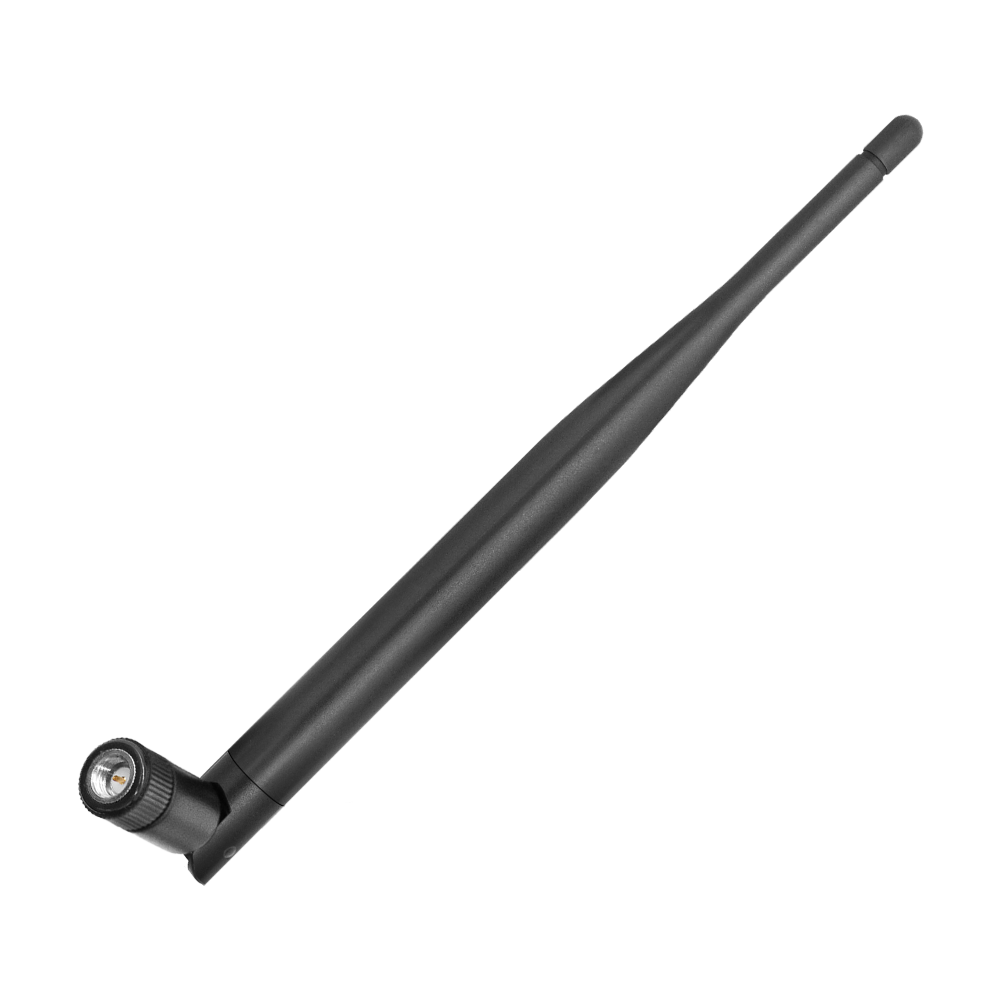In the realm of long-range communication, LoRa antennas play a pivotal role. These antennas are designed to facilitate low-power, wide-area network (LPWAN) communication, making them ideal for various applications, including Internet of Things (IoT) devices. This article aims to provide a comprehensive understanding of LoRa antennas, their types, functionalities, and applications.

What are LoRa Antennas?
LoRa antennas are specialized antennas used in conjunction with LoRa (Long Range) technology, which enables devices to communicate over long distances with minimal power consumption. This technology is particularly beneficial in rural areas or locations where traditional cellular networks may not be available. But how do these antennas achieve such impressive range?
The secret lies in their design and the modulation techniques used. LoRa technology employs a unique spread spectrum modulation, allowing for robust communication even in noisy environments. This capability is essential for applications ranging from smart agriculture to environmental monitoring.
Types of LoRa Antennas
When selecting LoRa antennas, it is crucial to understand the different types available. Here are some common types:
- Omnidirectional Antennas: These antennas radiate signals in all directions, making them suitable for general-purpose applications.
- Directional Antennas: Designed to focus the signal in a specific direction, these antennas are ideal for point-to-point communication.
- Dipole Antennas: A popular choice for LoRa applications, dipole antennas offer a good balance between range and performance.
- Yagi Antennas: These antennas provide high gain and are often used in long-distance communication scenarios.
Applications of LoRa Antennas
The versatility of LoRa antennas allows them to be used in various applications, including:
- Smart Cities: LoRa antennas enable efficient data collection from sensors deployed throughout urban areas.
- Agriculture: Farmers utilize LoRa technology for monitoring soil moisture and crop health.
- Environmental Monitoring: These antennas facilitate the collection of data related to air quality and weather conditions.
- Asset Tracking: Businesses leverage LoRa antennas to track the location of valuable assets in real-time.
Choosing the Right LoRa Antenna
When selecting a LoRa antenna, consider the following factors:
- Frequency Range: Ensure the antenna operates within the frequency range of your LoRa devices.
- Gain: Higher gain antennas can extend the communication range but may require precise alignment.
- Environment: Choose an antenna designed for the specific environmental conditions it will face.
For more information on high-quality LoRa antennas and related products, visit  .
.
Conclusion
Understanding LoRa antennas is essential for anyone interested in long-range communication technologies. By grasping the types, applications, and selection criteria, you can make informed decisions that enhance your connectivity solutions. Whether you are a hobbyist or a professional, the world of LoRa technology offers exciting opportunities for innovation and growth.







